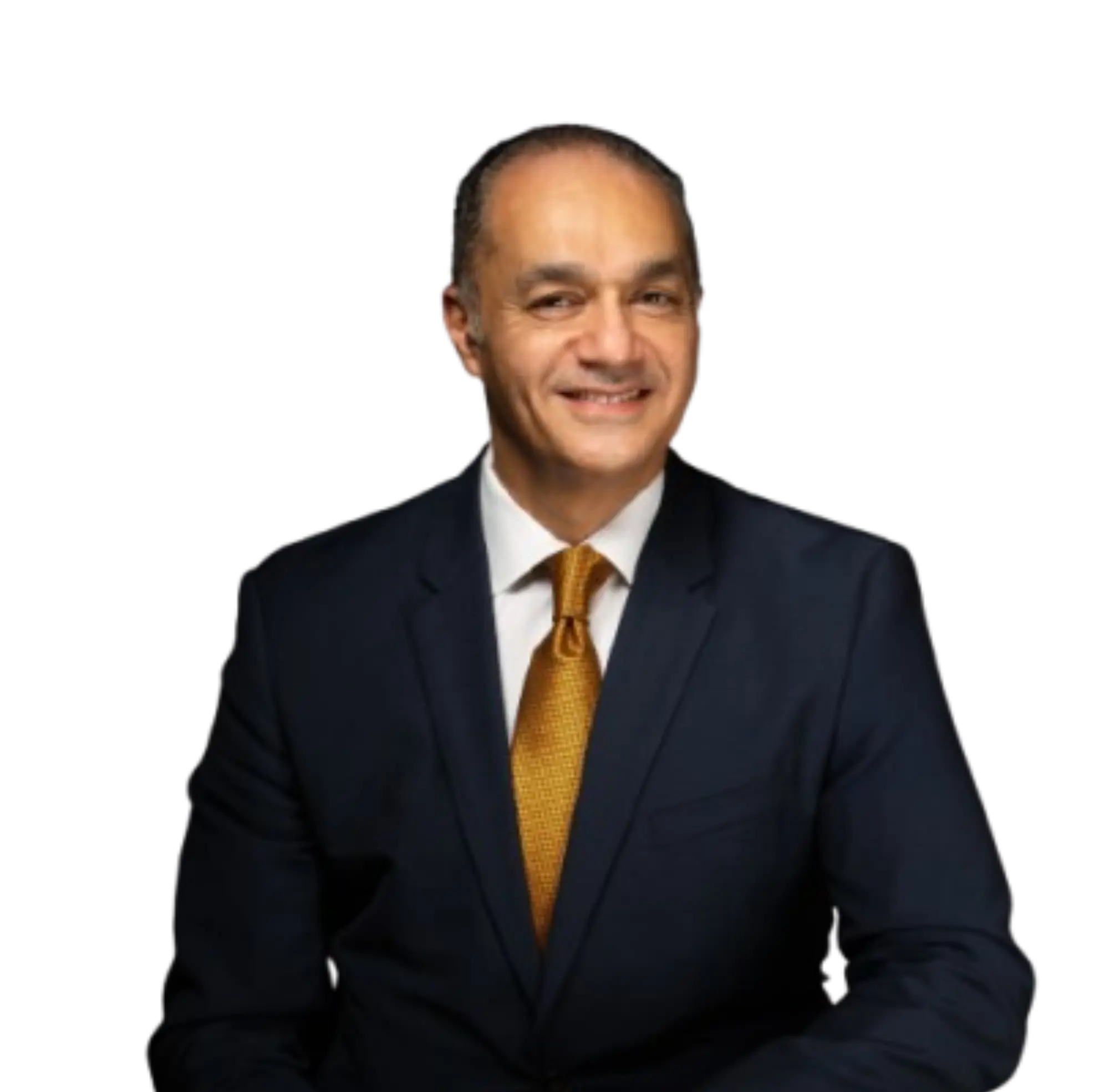Q:Can a leader inspire change without a clear vision? Can you explain with an example?
A:A clear vision provides direction, but a leader can still inspire change through adaptability and motivation. During the early days of the pandemic, many leaders faced unprecedented challenges, often without a roadmap. However, those who communicated transparently, empowered their teams, and focused on resilience inspired change and adaptability in uncertain times. For example, organizations shifted to remote work without a long-term vision, but leaders who maintained morale and embraced innovation guided successful transitions. In such cases, fostering a sense of purpose and collective problem-solving compensated for the absence of a predefined vision.
Q:Please share the predominant trait of a transformational leader, and why you think so?
A:Empathy stands out as the most vital trait of a transformational leader. It fosters deep connections with team members, encouraging trust and open communication. Transformational leadership is about motivating people to exceed their expectations, and understanding their challenges is key. Leaders who practice empathy can create a work environment where innovation and collaboration thrive. By showing concern for employees’ well-being and aspirations, these leaders inspire loyalty and engagement, driving both personal and organizational growth.
Q:Do you think transformational leadership requires more risk-taking?
A:Yes, transformational leadership inherently involves more risk-taking. By challenging the status quo and driving innovative solutions, transformational leaders often operate in uncharted territories. They push boundaries, encourage creativity, and empower teams to explore new possibilities. However, this requires calculated risks, as it involves stepping away from established norms. The key is balancing risk with a clear understanding of potential outcomes and the ability to pivot when necessary. Leaders like Elon Musk, who take bold risks, have reshaped industries, demonstrating the transformative power of daring leadership.
Q:What is the nature of team support and collaboration that a leader needs to foster?
A:A transformational leader fosters a culture of open communication, mutual respect, and shared responsibility. The leader encourages team members to express their ideas, provides regular feedback, and creates an environment where collaboration is valued. Support comes in the form of trust—empowering individuals to take initiative while knowing they have guidance when needed. This also involves recognizing strengths and facilitating teamwork that leverages diverse skills, thus fostering innovation and achieving collective goals.
Q:What is your most preferred style of leadership?
A:My preferred leadership style is transformational leadership, as it aligns with my belief in the power of people and innovation. I enjoy challenging my teams to grow beyond their comfort zones while providing the support needed to succeed. By cultivating a sense of shared purpose and encouraging open dialogue, I ensure that team members feel valued and motivated. This approach has allowed me to drive significant changes, especially in organizations looking to evolve rapidly in dynamic markets.
Q:Can you illustrate the above with a success story?
A:In one of my previous roles, I introduced an assessment center as a promotion mechanism, a concept that faced initial resistance. However, by fostering a culture of collaboration and trust, I empowered employees to help shape the system. This participatory approach led to the creation of a model that became recognized as best practice within the organization. It not only streamlined promotions but also improved transparency and employee engagement, demonstrating how transformational leadership can drive sustainable change.
 Hot Seat
Hot Seat
